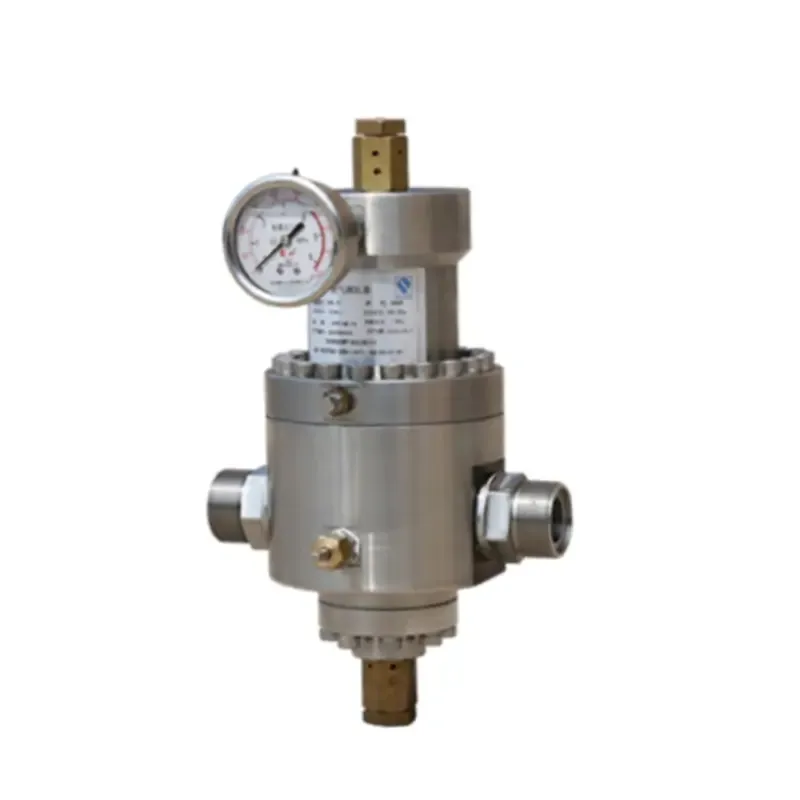
Sep . 14, 2024 00:47
Back to list
مخفض الضغط
Understanding Pressure Reducing Valves
In various industrial and residential applications, maintaining the correct pressure within pipelines is crucial for safety and efficiency. One of the essential devices used to manage this is the pressure reducing valve (PRV). This device lowers the incoming high pressure of fluids or gases to a desired lower pressure suited for downstream applications.
Pressure reducing valves are commonly used in water distribution systems, gas pipelines, and even steam systems. Their primary purpose is to ensure that the pressure remains constant and within safe limits, preventing potential damage to equipment and ensuring the consistent operation of devices that rely on specific pressure levels.
How Pressure Reducing Valves Work
A pressure reducing valve operates on a simple principle. It is usually installed directly after a pressure source, such as a pump or a central supply line. The valve features an internal diaphragm or piston that reacts to the downstream pressure. When the downstream pressure exceeds the set point, the valve automatically closes, restricting the flow and reducing the pressure entering the downstream system.
.
Benefits of Using Pressure Reducing Valves
مخفض الضغط

1. Safety By maintaining pressure within safe limits, PRVs protect pipelines and connected equipment from the risks of overpressure, which can lead to bursts and leaks.
2. Efficiency By providing the necessary pressure for downstream systems, PRVs optimize the performance of equipment such as irrigation systems, heating systems, and industrial processes, thereby reducing energy waste.
3. Cost Savings Over time, the effective regulation of pressure can lead to lower operational costs. Reducing unnecessary pressure in systems can lead to savings in maintenance and repair expenses as well as decreased energy consumption.
4. Versatility PRVs are available in various sizes and configurations, making them suitable for a wide range of applications, from residential plumbing to large industrial systems.
Conclusion
In conclusion, pressure reducing valves play a vital role in modern fluid and gas control systems. By regulating pressure, they enhance safety, improve efficiency, and contribute to cost savings. For anyone involved in managing fluid systems, understanding and effectively utilizing PRVs is essential for ensuring optimal operation and safety in their operations. As technology advances, the design and functionality of PRVs continue to evolve, enabling them to meet increasingly complex demands across various industries.
Latest news
-
Safety Valve Spring-Loaded Design Overpressure ProtectionNewsJul.25,2025
-
Precision Voltage Regulator AC5 Accuracy Grade PerformanceNewsJul.25,2025
-
Natural Gas Pressure Regulating Skid Industrial Pipeline ApplicationsNewsJul.25,2025
-
Natural Gas Filter Stainless Steel Mesh Element DesignNewsJul.25,2025
-
Gas Pressure Regulator Valve Direct-Acting Spring-Loaded DesignNewsJul.25,2025
-
Decompression Equipment Multi-Stage Heat Exchange System DesignNewsJul.25,2025

